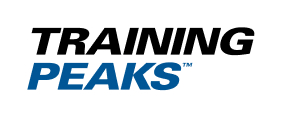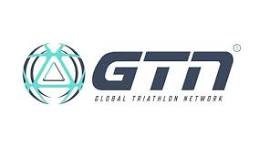A quick guide to sprint triathlon run training and preparation.
Once the sprint triathlon training is done and dusted and race day looms close, it’s easy to sit back and think there’s nothing more you can do to get faster at running. It’s not true though. With sprint triathlon training especially, there’s always room for squeezing out a few extra seconds.
Here are five simple ways to claw back a few places…
1. Drafting While Running
We all know that drafting while cycling feels much easier and gives us a big energy-saving, but does it work for running too? The answer is yes.
Research carried out on elite track runners shows that at 4:30 minute/mile pace, drafting one meter behind another runner on a still day saves about 80% of the energy otherwise wasted overcoming air resistance. That’s about one second per 400 meters and more on windy days.
However, drafting isn’t anywhere near as beneficial at speeds below 7 minute/mile unless there’s a headwind. So drafting only makes a significant difference when you’re a) running fast or b) running into the wind.
2. Lightweight Running Shoes
Running shoes have really improved in the last ten years – these days a well-cushioned pair can weigh as little as 250 grams, rather than the 350 grams they weighed before. According to running coach Jack Daniels, a runner expends one per cent more aerobic energy for every 100 grams of weight on a shoe.
Similarly, researchers at the Nike Research Laboratory calculated that shaving 115 grams from a shoe, results in faster marathon times by up to three minutes. Providing they don’t make you injured, lightweight shoes are essential for sprint triathlons.
3. Triathlon Race Pace
By the time race day comes around you should already know how fast you can realistically run during a sprint triathlon. TIP: It’s probably not as fast as you think.
To estimate your sprint triathlon race-pace, do a standalone 5km race in training. For example, a Park Run (they’re free), preferably on a similar type of course as your upcoming triathlon. The finish time you do during a triathlon 5k run will be between 60-seconds and two minutes slower than your standalone 5km time. If you’re a beginner, it’ll be more like three minutes.
Check our Triathlon Race Pace Calculator to help guide your pacing strategy.
4. Fast Triathlon Transitions
Wasting time in transition is criminal in a sprint race. Leave your socks at home, you won’t need them for a 5km. Just put some Body Glide between your toes and talc in your shoes to reduce friction. Use elastic laces, so you can slip your feet into your shoes in a flash but practice this first.
When you rack your bike on race morning, leave yourself enough time to practice your transitions in a race setting. Put your helmet and cycling shoes on, five times in a row. Then practice T2 by removing your helmet and cycling shoes and slipping your trainers on quickly. Aim to get quicker each time. You’ll be amazed at the difference it makes during the race.












